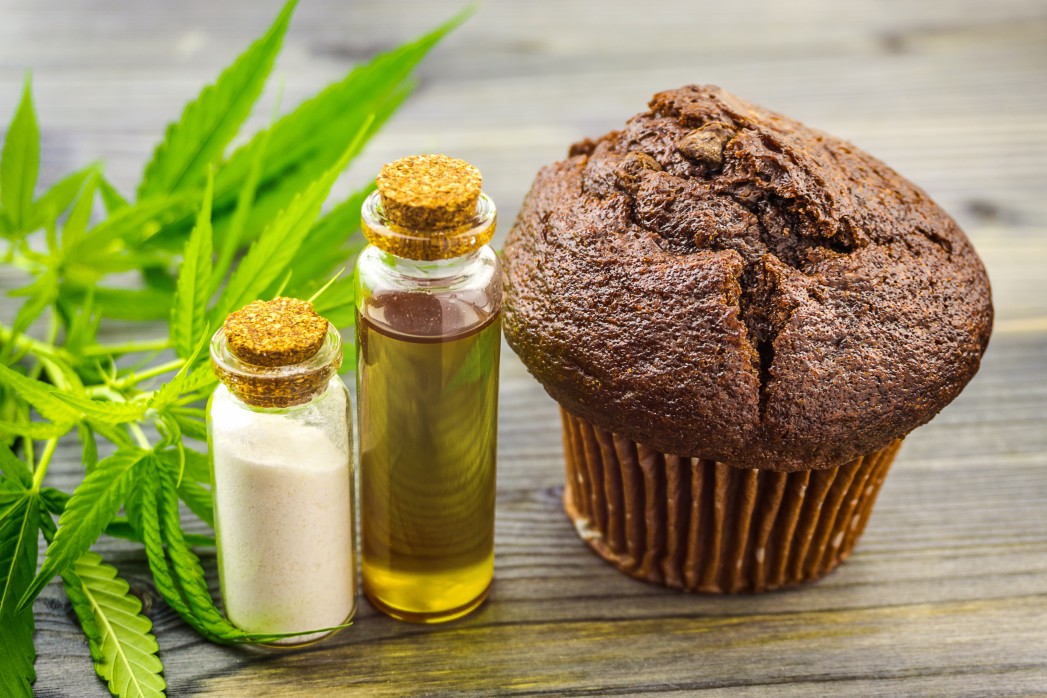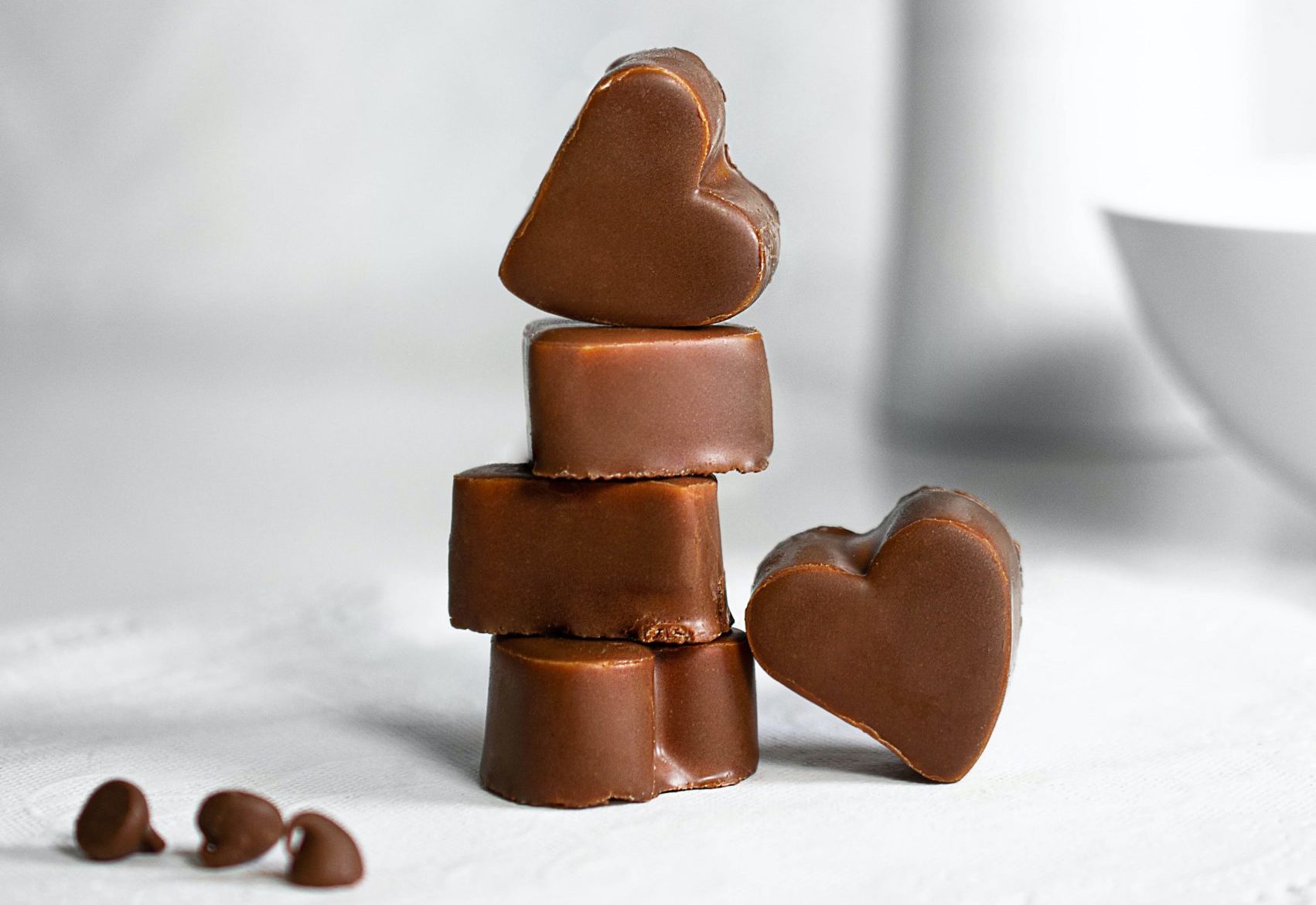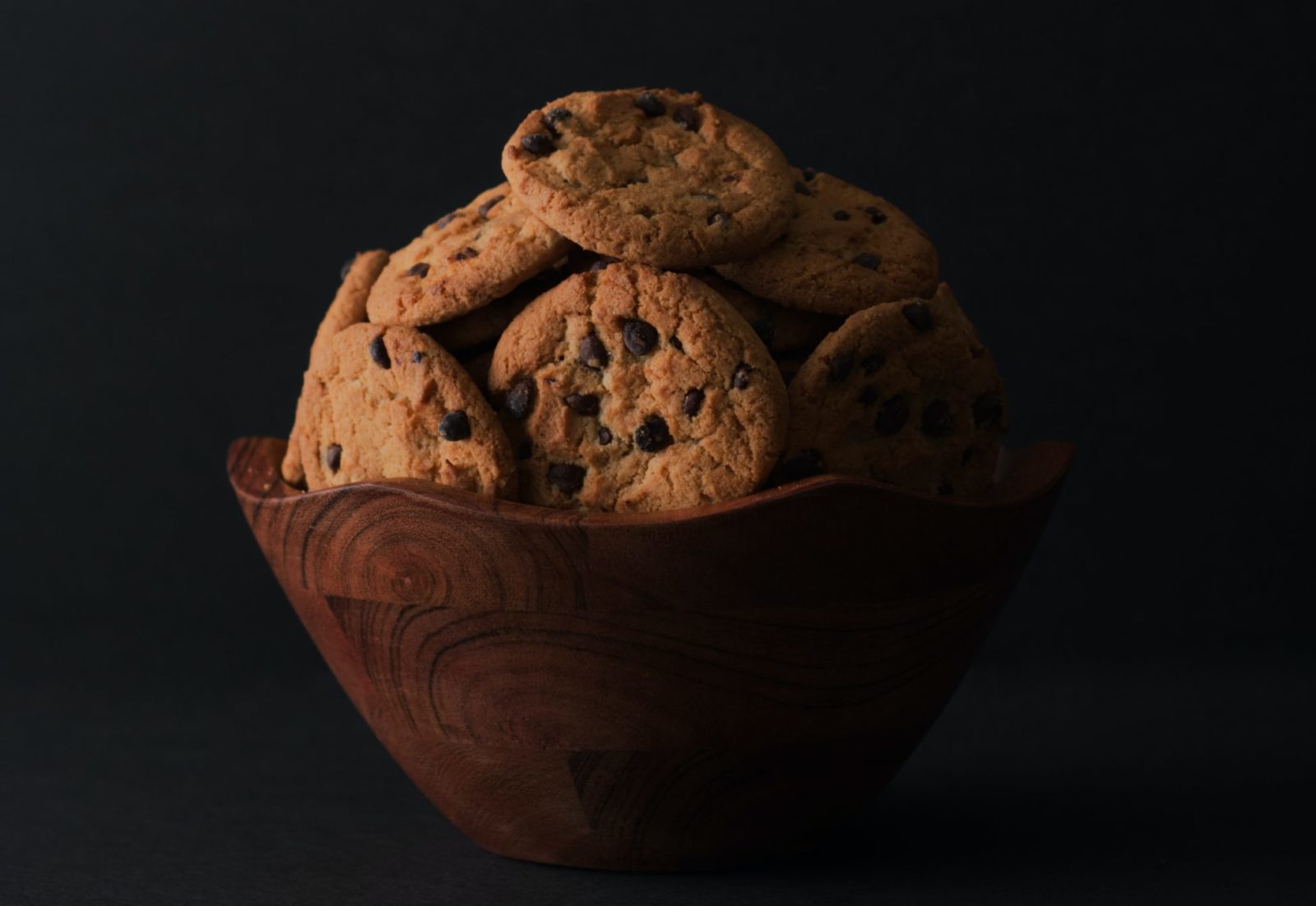Edibles have gone a long way since marijuana was added to brownie dough.
Cannabis-infused candies are now available at weddings, culinary workshops, and wellness retreats throughout California. While smoking marijuana is still the most common method, a New Frontier Data survey finds that customers are increasingly opting to eat it.
Adults in California may now possess cannabis for the sole purpose of getting high after voters approved recreational marijuana in November. That implies some people who avoided cannabis only seven months ago may now be exploring edibles.
But ingesting cannabis-infused meals isn’t It’s likely that the narrative of Maureen Dowd, who spent eight hours on the floor of a Colorado hotel room thinking she was dead, began with an edible.
Edibles Industry

Dr. Allan Frankel of GreenBridge Medical in Santa Monica is not a fan of edibles.
Frankel’s approach is on helping medical marijuana patients take exact amounts of cannabis strains intended to treat their specific ailments. Given how edibles act in the body, he says dosage is difficult to manage.
No one has ever died from too much cannabis. But terrible tales whispered by pals or yelled by New York Times columnists may deter first-time edible users. Or those who haven’t had them since college. Or others who, like Dowd, have resolved never to touch edibles again.
According to Julianna Carella, CEO of Auntie Dolores, an Oakland food business that manufactures cannabis-infused almonds, caramel corn, and other delicacies. Something that could sway them? Health issues with joints and bongs, especially in California, which pioneered anti-tobacco policies.
Smoking or inhaling isn’t natural for many individuals, says Mike Heller, co-founder of Oakland’s MJ Wooly, which helps firms infuse cannabis into meals and beverages.
Though current evidence says marijuana isn’t as harmful as cigarettes, Heller feels inhaling anything isn’t good for your lungs. Chronic cannabis users have greater incidence of bronchitis and other respiratory ailments. Patients with reduced immune systems due to cancer or other illnesses may be more vulnerable to infections, making edibles an appealing alternative.
Edibles are also a more covert method to consume without raising worries about secondhand smoking. They may be a feasible choice for both medical marijuana patients and recreational marijuana users who prefer to eat their pot rather than smoke it, according to all three specialists.
How it acts in the body
The high from smoking or eating cannabis is quite comparable. But how individuals eat the plant affects how the body processes THC, the psychoactive ingredient in cannabis. That influences everything from the time it takes to become high to the intensity.
“You inhale THC and other cannabinoids when you smoke or vape,” Heller says. These chemicals enter the circulation quickly, causing symptoms in five to ten minutes.
However, foods must be digested by the body. It enters the circulation after passing through the stomach and intestine. That implies the full effect might take 30 minutes to two hours.
Like other medications or alcohol, the effects of edibles vary depending on the individual. A 90-pound person who hasn’t eaten all day would certainly feel the affects more than a heavier person who has just had a large meal. The person’s metabolism and past cannabis experience also have an effect, however even experienced users are startled by how strong edibles are.
“Tolerance levels vary greatly,” Carella remarked. “Some individuals require 5 mg, while others need 500 mg.”
The kind of edibles taken also matters, according to Heller, since the body can break down THC molecules floating in drinks faster than sugars and other substances in a hefty baked product. Also, THC is absorbed via the tongue when consumers drink or eat infused products.
The liver also changes THC into a different molecule than the lungs. Heller claims the molecule is up to ten times more psychotropic than THC. While the THC dosage is the main influence in how high users become, Heller claims eating cannabis may intensify the euphoria.
Expect a higher high.

The duration of the high varies depending on whether it’s smoked or consumed.
“It’s much, much stronger,” Frankel added.
Smokers might expect to be affected for three hours. Edibles bind to body lipids and may not wear off for eight or ten hours.
Many individuals who use cannabis to sleep prefer to ingest it since the mind-altering effects may help them obtain that desired eight hours of sleep. People should clear their schedules and locate a comfortable place before sampling cannabis-infused meals or beverages.
In public, Heller noted, some individuals struggle. “Don’t go anyplace. And don’t drive.”
Begin slowly and gradually.
That’s the mantra for rookies.
Start with an edible containing no more than 10 mg THC, with most experts advocating a dosage of 2.5 to 5 mg the first time.
Almost every negative edibles encounter is the same. Beginners might start with a little bite of the lemon square. They wait 30 minutes and are still hungry, so they consume more of that wonderful goodie. Because edibles may take up to two hours to completely kick off, people quickly realize they’ve taken too much.
And that, Heller says, is the main difficulty with edibles. “I know several folks who have overmedicated. And that may be terrifying.”
Experts advise waiting two hours before taking additional cannabis to prevent the cliché. Better? Wait a day and start again with a slightly larger dosage, increasing by 5 mg increments until they get the desired result.
“Patience pays off,” Heller remarked. A few attempts may be required to get it correctly. But that’s better than taking five times the recommended dose and panicking.”
Making edibles at home is another beginner error. This option may appear appealing since it provides customers a sense of control over their food. But it’s difficult to precisely infuse edibles with THC.
“I don’t believe most people who bake it at home know what’s in each piece,” Frankel added. “Even pros have trouble figuring it out.”
Many experts advise newbies to get their first edibles from specialists.
What to buy

While anyone 21 and older may currently possess up to an ounce of cannabis under Proposition 64, buyers must have a doctor’s approval for medicinal marijuana until recreational sales begin Jan. 1.
Adults may use websites like Weedmaps and Leafly to identify nearby dispensaries, or purchase home delivery via Eaze and GreenRush. Find a store that offers lab-tested items, which California law does not yet mandate.
It’s fairly uncommon to discover festival or underground store laced sweets with no labeling. But legitimate firms like Auntie Dolores have been testing their goods and labeling them with THC content for years. (Starting next year, all cannabis products in California must be lab tested and labeled.)
Heller advises consumers to choose goods with 10 mg or less THC in order to follow the “start low, go slow” mantra. Beyond that, he replied, it’s up to you.
You always have the option to make your own edibles from your kitchen. AirVape helps people develop cooking skills by releasing one AVB recipe a month.
How to handle overeating
Take for example a person in a Dowd-like trance on the restroom floor. What do they do now? Sleep, Heller said.
THC is not hazardous, he assures customers. Unless the customer is pregnant or has a heart ailment, there is no need to travel to the ER. There is no fast fix for getting cannabis out of your system. When too much marijuana is used, the result is usually a hospital bed with an IV supplying fluids. So, Heller advises most people to remain home, drink plenty of water, and try to sleep it off.
Some home cures are supposed to help those who have overindulged feel better. The cannabis wedding planners of Irie Wedding & Events send chamomile tea to soothe overexcited guests. Many individuals, like Neil Young, claim that inhaling or nibbling on black peppercorns instantaneously reduces tension, and research backs this up.
Both Heller and Frankel said the secret is to take a dosage of pure CBD, a cannabis molecule that may displace THC in your system. Frankel advises anybody experimenting with edibles to have a 15 mg CBD product on hand to help balance them.
The key, according to Heller, is to remain cool.
Because cannabis is a hallucinogenic, he says people’s reactions are mostly mental. They can frequently talk themselves out of a Dowd-level terror and suffering by reminding themselves that they can’t die and that the feeling will pass.
“Be confident in your actions. “It’s not addictive,” Heller added. “You’ll be lot better off if you keep telling yourself that.”
How does edibles sound to you? Good idea? Edibles can be fascinating! Keep updated in our blog for more about edibles!
